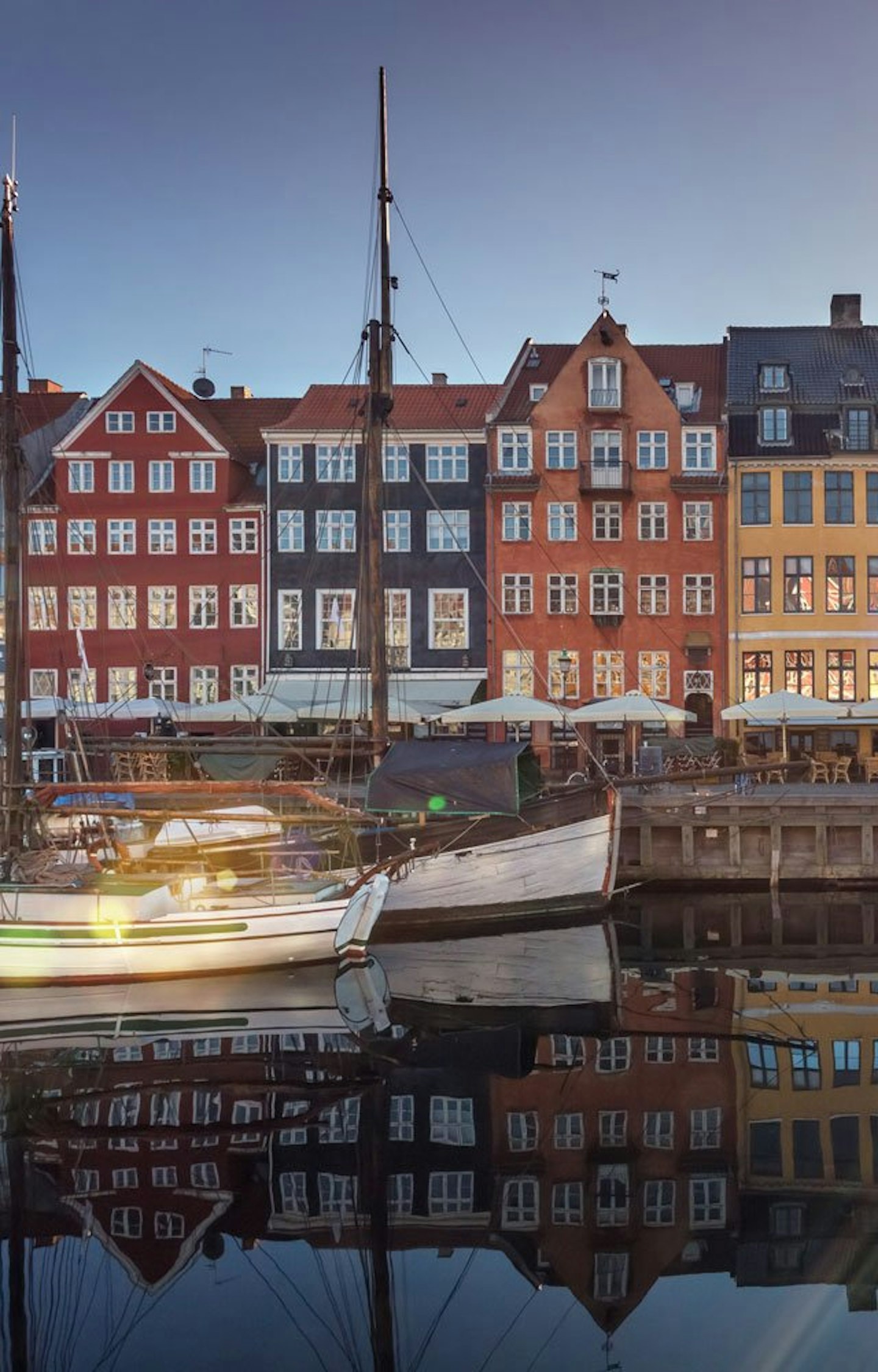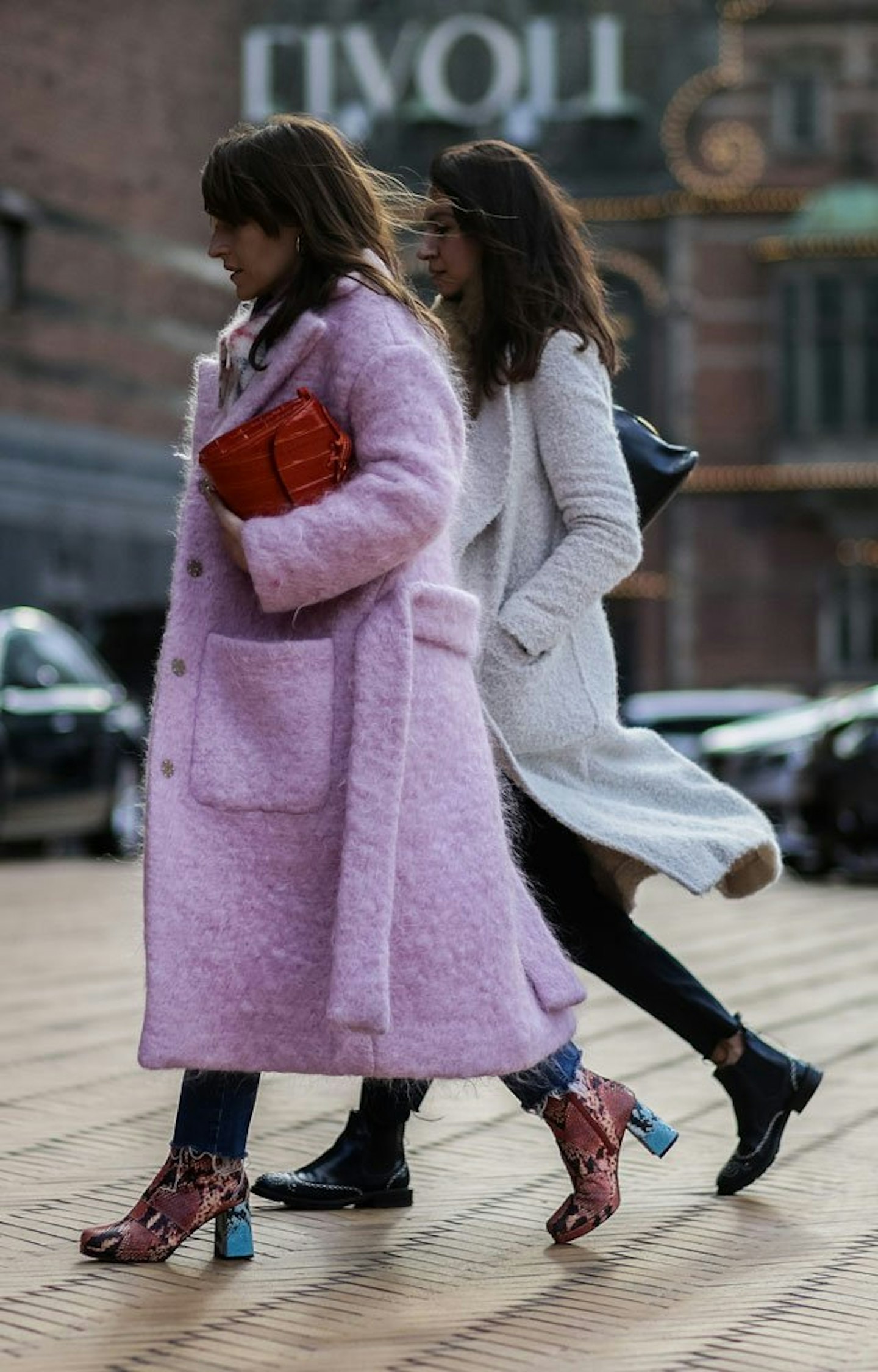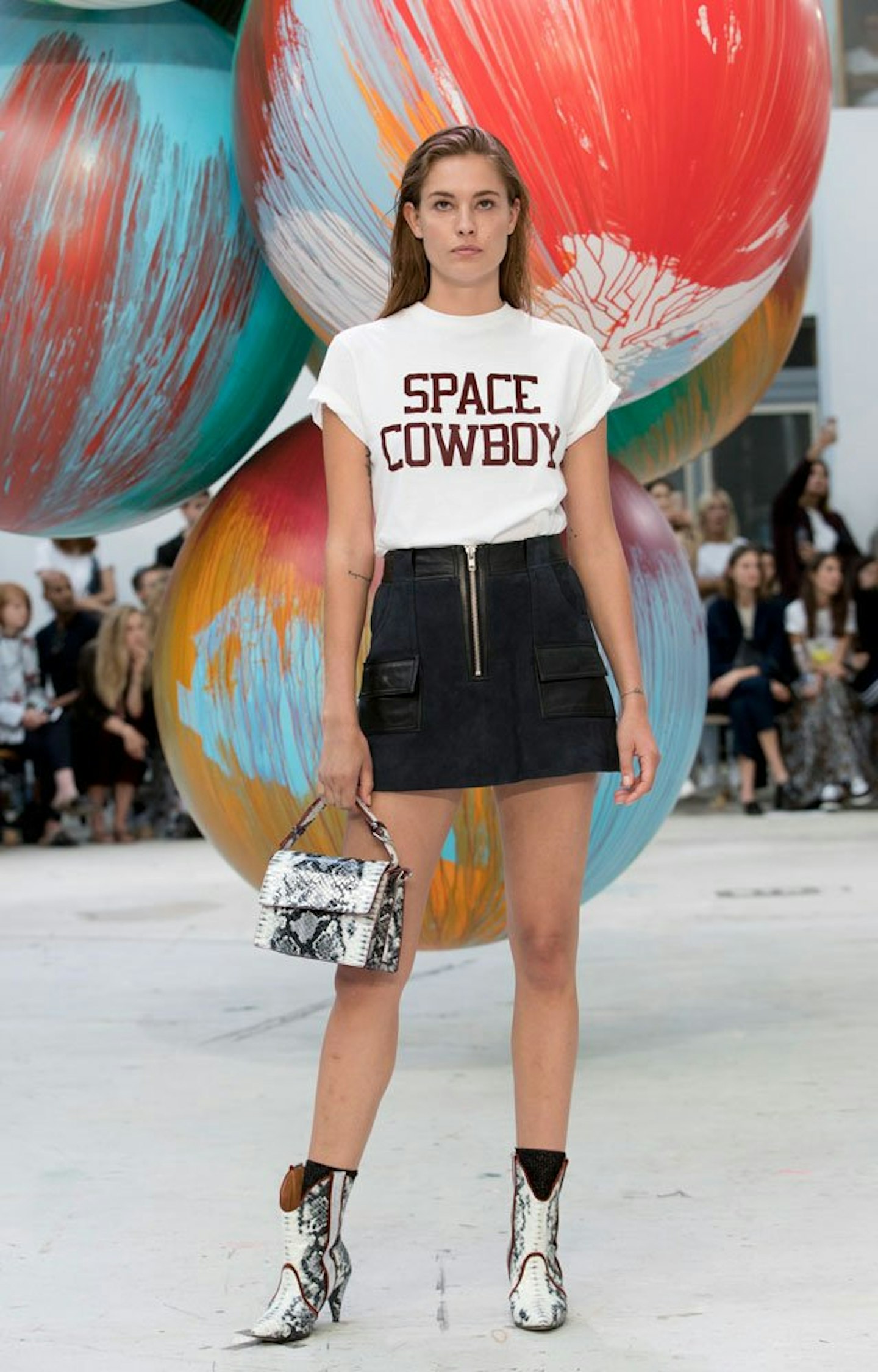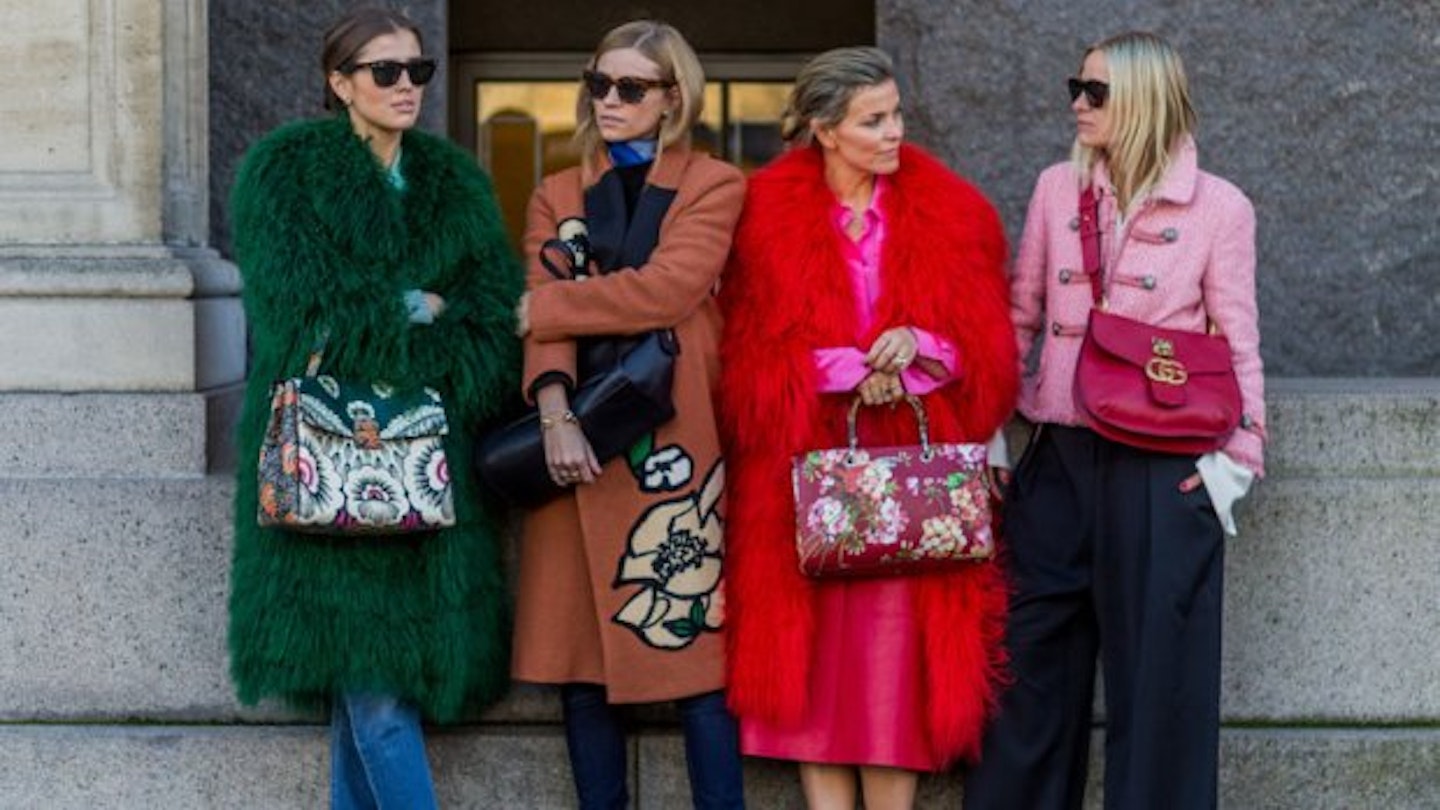Contrary to what you might think, not all fashion week action happens in Paris, Milan New York or London. Fashion week has become a global affair. The immersive industry, which brings brands, buyers, consumers and producers into contact, has broadened over the last two decades. While Denmark may lack the same couture stature as France and the starry clientele as Italy, it has something the other cities are desperately lacking: real, tangible, down-to-earth relevance.

Sitting at the gateway to Northern Europe, Copenhagen is the symbiosis of Scandi culture. It’s hygge with a palatable taste in modernism and minimalism. Its universities are free, its food is world-renown, and the average wage is £15/hour. With fresh air and nature in close proximity, it seems Copenhagen’s biannual fashion week is more grounded than other cities.
Free from hysterical street style paparazzi and untenable packed-out show schedules, CPHFW puts the focus on wearable, tasteful fashion. As the audience and the catwalk presentations, CIFF and Revolver trade shows are generally industry-only, it’s not a peacocking affair filled with goose pimpled, overdressed women in painfully high heels. Instead, the crowd are discerning dressers fully aware that in February Copenhagen is gripped by icy temperatures.

Christian Maibom, founder and creative director of CPHFW’s tradeshow Revolver, describes the atmosphere of Denmark’s fashion market as unpretentious and grounded. He levies this is because the price point on most native labels is dramatically lower than at, say, Milan or Paris fashion week. He believes that the street style and brands reflect the local philosophy that treasures the same values as the city’s most famous restaurant, Noma, which puts an emphasis on Nordic culture and ingredients. Like some of CPHFW’s designers, Noma may be internationally known but it remains seasonally sensitive, with a focus on home-grown components. He adds, ‘because we’re not as established as New York we’ve created our own language and own tone of voice.’

Former editor-turned-blogger Pernille Teisbaek has risen to the top of international blogger ranks due to her idiosyncratic eye for tailoring and streamlined Scandi style. Alongside Pernille, fellow Danes Stine Mo, Marie Hindkaer Wolthers and Tina Maria Hansen offer a street style education in layering, statement outerwear and fashion practical for the city’s chilled climate. Unlike Paris, where showgoers dress to the nines, the Copenhagen crowd wear clothing that normal people, like you and I, might be able to get away with IRL.
Though the designers that show may not be household names like Paris’ Chanel and Dior, it would be a misconception to think these brands show in Denmark because they can’t afford to present their collections elsewhere. Homegrown outré labels like Tonsure, Henrik Vibskov and Astrid Anderson could have their choice of international catwalks if they wanted to, but they chose Denmark. On the other end of the spectrum, affordable lines from Ganni and By Malene Birger to Baum und Pfergarden speak to the current yen for the Nordic aesthetic.

Central Saint Martins-trained Henrik Vibskov‘s show is the hottest ticket of the week. His work is eccentric and taps into his interest in the city’s music and art scene for influence. Designer Mark Kenly Domino Tan is equally well regarded –and known for infusing his collections with a couture sensibility, which is something he learned during stints at Balenciagaand Alexander McQueen. On the other end of the spectrum, sportswear-inspired designers like Won Hundred and Astrid Andersen have been feted as breathing new life into men’s casualwear. Andersen, in particular, is highly regarded for work that twists femme fabrics, like lace, into athletic silhouettes, like basketball shorts.

The proud, Scandi spirit trickles down to the city’s shops that are an easy place to shed money and acquire style. Namely local concept store Storm, which sells cult wearables from spendy native labels and purse-friendly lines from Wood Wood, Ganni and Norse Projects. Denmarks’s varied fashion scene caters to every budget. From Cecilie Copenhagen's keffiyeh printed dresses to We Are The Faces genderless designs, Munthe’s off-duty staples, Ganni’s vivid trend-led collections and Cecilie Bahnsen’s painstakingly crafted pieces. On the same note, Armoire Officielle and Won Hundred service the best-dressed of the local community.
Like this? Then you might also be interested in:
Follow Lucy on Instagram @lucyalicemorris
This article originally appeared on The Debrief.
